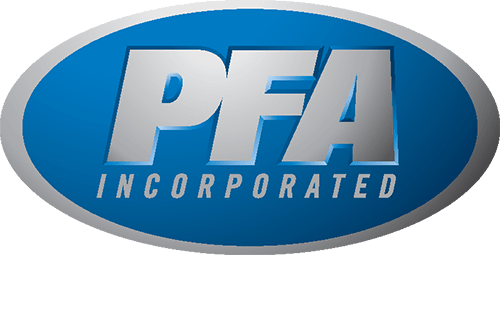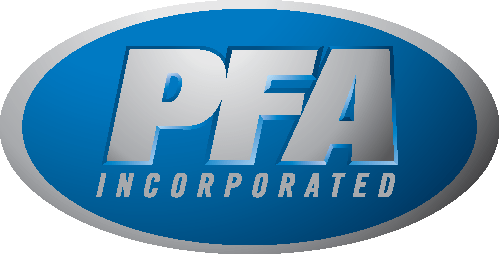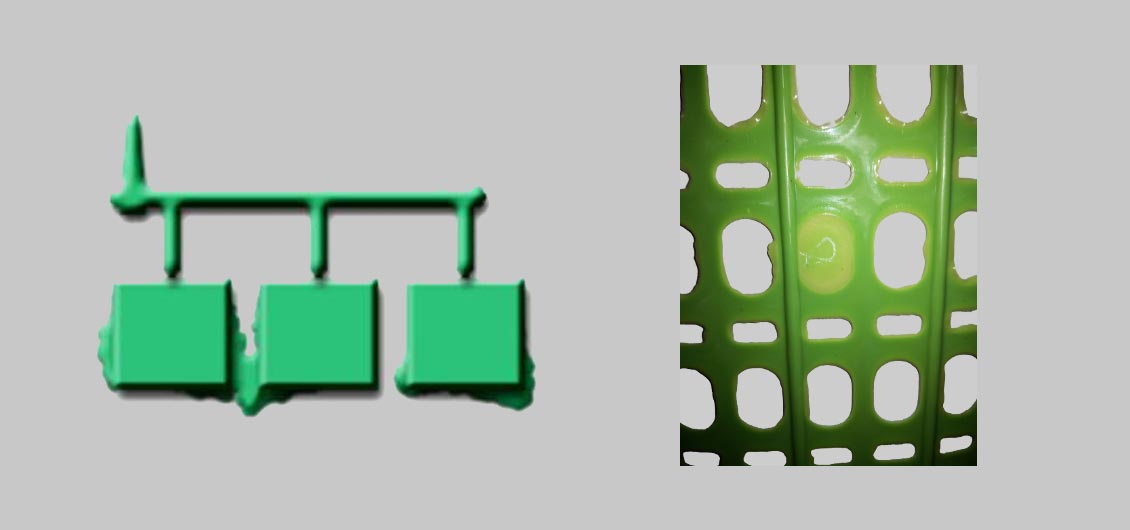As a common defect in injection molding, flash can have a significant impact on the level of scrap you are producing or cost of secondary processes as a manufacturer. While Automotive and Medical suppliers typically reduce scrap to near zero as part of the controlled process monitoring, many other components do not operate with as much oversight. Since scrap is the loss of usable material, you could be losing money with each injection run, as excessive flash continues to disrupt your ability to accurately create product…. What causes defects and flash and what can you do to prevent it? These are important questions to ask yourself if you are struggling to eliminate defects on your injection mold projects.
In many cases, the best way to prevent possible defects and mold flash is by ensuring that your process is set up and defined properly. This will help to determine whether outside variables may be impacting your processes without changing machine process parameters. Make it a point to check the materials that you are using to see if moisture may be an issue or if water temperatures for the mold or hydraulic pressures from the machine have caused the mold to “back up”.
John Bozzelli mentions some excellent areas to investigate in his article, “How to Stop Flash”, including Mold damage along with with more typical areas such as parting line mismatch, low clamp tonnage, excessive clamp pressure, overfilling, and low viscosity. See the article here:
Read: «How to Stop Flash» by John Bozzelli on Plastics Today Website.
If all outside variables are fine, you may need to investigate the process itself to determine what changes could be made that would help mitigate the flashing that is occurring. For example, cavity pressure that is being generated may be exceeding the tonnage of the clamp you are using and is allowing the plastic to flow into the parting line when it should not be. However, temperatures may also play a vital role in the amount of flash that is being created if the clamp tonnage is appropriate for the application that you have because it may reduce viscosity while creating a higher flow rate. With so many variables possible, would it be helpful to upgrade core actions and invest in a product that immediately provides results?
How Can PFA, Inc. Help?
As the developer of the KOR-LOK® Side Action Systems, PFA Inc. recommends the use of this hydraulic locking core pull cylinder for all injection molding applications no matter how the action pulls…. including parting line, side-action, wedge, angles, and much more. Preloading and locking functions provided by KOR-LOK® are essential for success and can help create a zero-flash product every time. KOR-LOK® is more than just a locking cylinder, it is the perfect companion for any injection molding system.
What sets KOR-LOK® apart from other hydraulic core pull and locking cylinders is its ability to preload cores to high forces and maintain them at zero PSI. This unique feature allows our side action systems to minimize impact from pressure and temperature changes that could encourage scrap to be created…… providing ZERO FLASH™ performance. Not only does this save time and money every step of the way, but it also makes the creation of complex parts much easier. With KOR-LOK® you can design it right the first time, every time, with a proven system that does the job better. If you are interested in learning how KOR-LOK® can improve your injection molding processes and eliminate flash, call us now!


